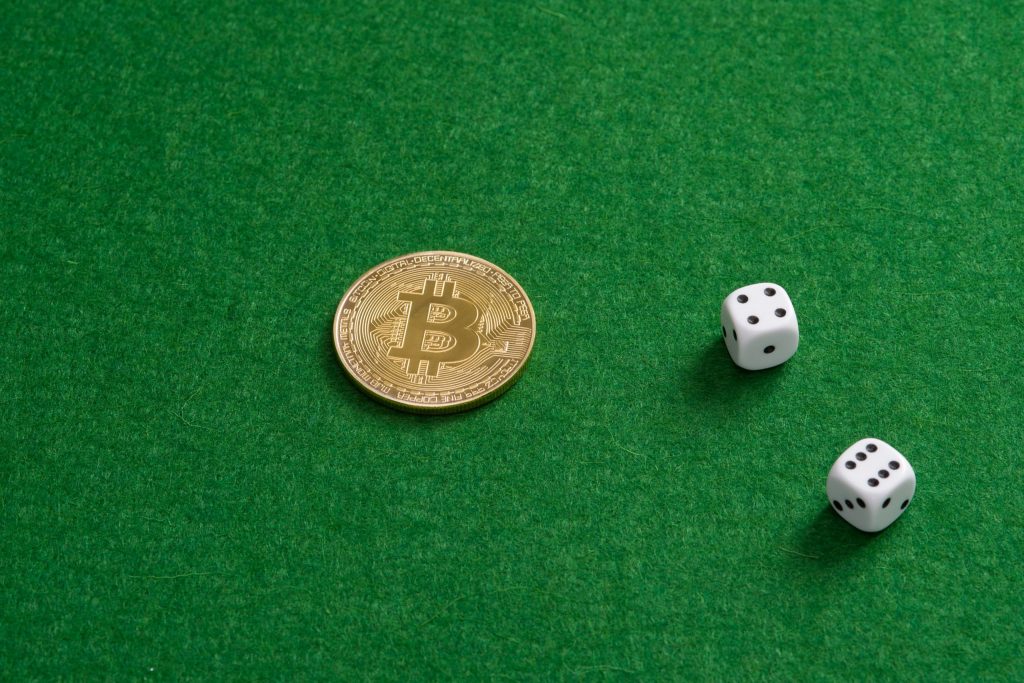There is no one answer to the question of how to nurture your art skills. The best way to improve as an artist is to practice regularly and to seek out feedback from others. However, there are many other things you can do to help yourself grow as an artist. In this blog post, we will explore some of the ways you can nurture your art skills.
One way to nurture your art skills is to take classes or participate in workshops. This can help you learn new techniques and get feedback from experienced instructors. If you can’t afford to take classes, there are many free online resources that can teach you new skills.
Another way to nurture your art skills is to practice regularly. Even if you only have a few minutes each day, making time to draw or paint can help you improve your skills. If you find yourself getting frustrated, take a break and come back later. The important thing is to keep practicing so you can see progress over time.
If you want to push yourself and try new things, consider entering some art competitions. This can be a great way to get feedback from judges and to see how your work stacks up against other artists. It can also be a lot of fun and give you a sense of accomplishment.
Finally, don’t forget to enjoy the process of creating art. It’s not always about the final product; it’s about the journey. Experiment, make mistakes, and have fun!
Books for Developing Art Skills
Books are often thought of as a source of knowledge and wisdom, but they can also be a great source of inspiration for developing art skills. There are many different types of books that can help with this, from how-to guides and tutorials to more general books about art and creativity.
One of the most useful types of books for developing art skills is the how-to guide. These books can provide step-by-step instructions for creating specific types of art, and they can be very helpful for learning new techniques. There are how-to books available for all sorts of different mediums, from painting and drawing to sculpting and photography.
Another great type of book for developing art skills is the general art book. These books can provide an overview of different art styles and mediums, and they can be a great source of inspiration for exploring new techniques. There are also often tips and tricks included in these types of books that can be very helpful for honing your skills.
Whatever type of book you choose, make sure that it is one that you will actually enjoy reading. If you find a book boring or difficult to understand, it’s probably not going to be very helpful for developing your skills. It’s also important to choose a book that is at the right level for your skill level. If you are a beginner, look for a book that is geared towards beginners. If you are more experienced, look for a book that will challenge you and help you to improve your skills.
Equipment and Materials for Your Art Skills
Art is a diverse field with numerous sub-disciplines, each requiring their own specific tools and materials. For the artist just starting out, it can be difficult to know where to begin. This comprehensive guide will help you get started by outlining the basic equipment and materials you’ll need for your art skills.
With any kind of art, the first thing you’ll need is a good workspace. This means a flat, clean surface to work on, good lighting, and enough space to spread out your materials. If you’re working with paints or other messy materials, you’ll also need some sort of dropcloth or tarp to protect your surfaces.
Next, you’ll need to gather your materials. For painting, you’ll need paints, brushes, a palette or mixing tray, and paper or canvas. If you’re interested in sculpture, you’ll need clay, carving tools, and a work surface. For drawing, you’ll need pencils, pens, paper, and erasers. Whatever medium you choose, be sure to get high-quality materials; they may cost more upfront but they’ll save you money in the long run by giving you better results.
Once you have your workspace set up and your materials gathered, you’re ready to start creating! Experiment with different techniques and mediums to find the ones that suit your style best. And don’t be afraid to make mistakes – that’s how you learn and grow as an artist.



